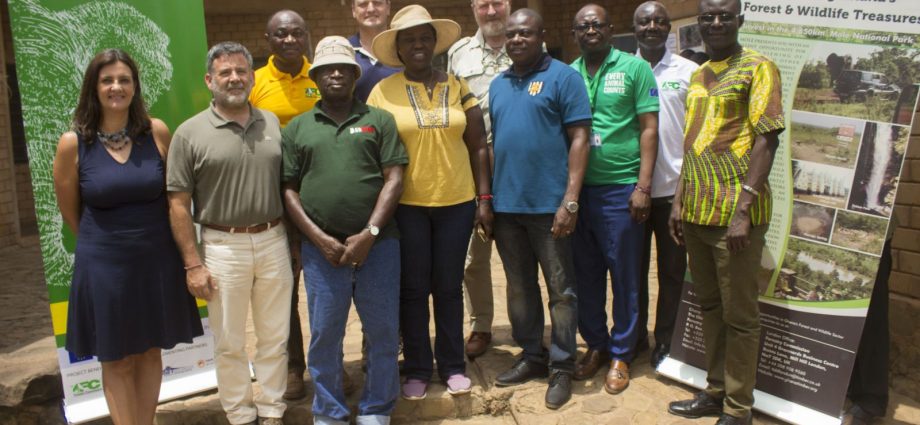The Wildlife Division of the Forestry Commission (FC) has begun an exercise to count all animals in the Mole National Park as part of processes to enable the Park attain recognition as a World Heritage Site. The exercise, dubbed “Mole Park Census”, will help FC to meet one of the major requirements for applying to the United Nations Educational, Scientific and Cultural Organization (UNESCO) to consider listing the Mole National Park, located at West Gonja District in the newly created Savannah Region, as a World Heritage Site. Besides, it is meant to update the population of key species of wild animals in the park to feed into a review of the park’s management plan.
Exercise
The process for the wildlife census began in February this year with the training of staff of the Wildlife Division of the FC on aerial wildlife count among other techniques. The actual counting of animals in the park begun on Monday, March 18, 2019 and ended in April 2019. As part of the numerous techniques adopted to carry on the census included cameras fixed in the forest to take photos of animals, while aerial wildlife count using a low-flying helicopter was also applied.
A Namibian Company, Bushskies Aerial Photography, in partnership with the Namibian University of Science and Technology undertook the exercise with funding from the European Union and the FC. However, the report on the number of animals in the park is expected to be ready by the end of August this year. The last time an animal census was conducted in the park was in 2006.
Rationale
Early on, Mr John Allotey, Deputy Chief Executive (DCE), Forestry Commission had in a press conference to launch the project, interacted with some of the Media houses in the region to sensitise them. Giving details of the exercise he said, listing the park as a UNESCO Heritage site would offer enormous benefits to the country hence the efforts to meet the requirements. He further stated that since its establishment, the Mole National Park had remained a major tourism destination and had been the only place wildlife could easily be viewed in large numbers and at close range.
The Deputy Chief Executive of the Forestry Commission expressed his gratitude to the European Union (EU) for providing financial assistance for the project. In his contribution, the team leader, in charge of infrastructure and sustainable development at the EU, Mr. Roberto Schiliro, said the animal census and staff training at Mole Park would contribute to a clear position and strategy definition for the conservation and managements of the park. “Therefore, the European Union considers that this small project can be the kick of a major sustainable strategy for the preservation of the wildlife in Ghana,” he added.
Among the Forestry Commission delegation who took part in the exercise were the Chairman of Board of Commissioners, Brigadier-General Joseph Odei(Rtd), Ms. Nana Akosua Agyeman-Prempeh (Chairperson), Rev. David Kpelle Advisor to the Chief Executive on Wildlife Issues and the Corporate Affairs and Media Relations Manager, Mrs. Joyce Ofori-Kwafo, together with Wildlife Public Relations Manager Mr. Joseph Yaw Oppong, Mr. Umaru Farouk Park Manager for Mole National Park and Mr. Ali Mohammed Senior Manager.
Fact sheet
The Mole National Park, which was established in 1958, covers about 4,575 kilometers square, and attracts about 17,000 tourists annually.
The Park boasts of 90 different species of mammals, 300 species of birds, nine amphibians, 30 reptiles and about 56 endemic butterfly species.

